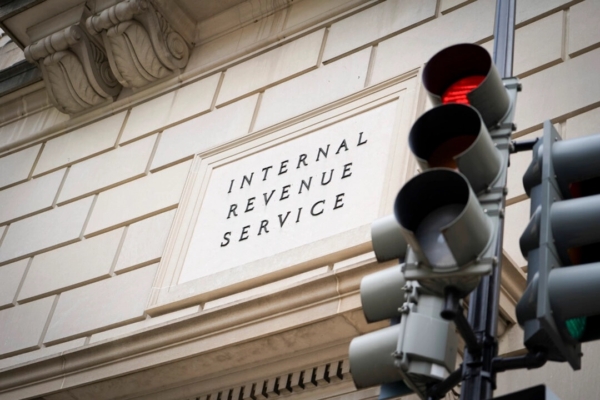On January 27, 2025, the Internal Revenue Service (IRS) in the United States kicked off the 2025 tax filing season, starting to accept and process federal individual tax returns for the 2024 tax year, with a deadline of April 15, 2025. The IRS has provided taxpayers with six tips to help make filing their 2024 taxes easier. Taxpayers are advised to follow the following recommendations:
1. Collect all important and necessary tax documents and records to submit a complete and accurate tax return. Errors and omissions can result in missing deductions or credits, and slow down the processing of tax returns and refunds. Before filing taxes, taxpayers should have:
– Social Security numbers for everyone listed on the tax return.
– Bank account and routing numbers.
– Tax forms such as W-2s, 1099s, 1098s, records of digital asset transactions, and other income documents.
– Form 1095-A, Health Insurance Marketplace Statement.
– Any IRS letters they may have received referencing a tax refund or credit amount.
2. Report all types of income on the tax return to avoid receiving notices or bills from the IRS. This includes income from:
– Goods created and sold on online platforms.
– Investment income.
– Part-time or seasonal work.
– Self-employment or other business activities.
– Services provided and paid for through mobile applications.
3. Avoid paper tax refunds. Direct deposit through e-file is the fastest way to receive a tax refund. Additionally, tax software can help taxpayers avoid errors by calculating and guiding them through each section of the tax return.
4. Consider using IRS free resources to help eligible taxpayers file. IRS Free File provides a free online alternative for submitting paper tax returns for individuals or families with incomes of $84,000 or less in 2024. Direct File is available in 25 participating states, allowing eligible taxpayers to file directly with the IRS online for free. The service supports filing more income types and applying for more credits and deductions this year.
Taxpayers with incomes over $84,000 can use IRS Free Fillable Forms – electronic versions of IRS paper forms. These are best suited for individuals willing to prepare their own tax returns. For individuals with general incomes of $67,000 or less, persons with disabilities, limited English proficiency taxpayers, and individuals aged 60 and over, free one-on-one tax filing assistance can be found nationwide through the Volunteer Income Tax Assistance (VITA) and Tax Counseling for the Elderly (TCE) programs.
The Department of Defense offers free tax resources to the military community through MilTax. MilTax is a tax service available for service members, eligible veterans, and their families with no income limit. Eligible taxpayers can use MilTax for free to e-file federal tax returns and up to three state tax returns.
5. Choose a tax filing method based on personal circumstances and comfort level:
– File taxes in person.
– Use online tax filing services.
– Hire a tax professional and choose carefully. While most tax preparers are professional and honest, there are dishonest tax preparers who may submit fraudulent tax returns. The IRS provides a list of certified and qualified federal tax return preparers on its website, as well as more information on selecting tax professionals.
– Use online resources on IRS.gov to quickly get answers to tax questions, check refund status, or make tax payments. Online tools and resources are available 24/7, including the IRS’s interactive Tax Assistant tool and other helpful resources.
6. Follow the IRS’s official social media accounts and email subscription list for the latest tax topics and alerts. Download the IRS2Go mobile app and watch IRS YouTube videos for additional information. The IRS and the Consumer Fraud Scams Support Taskforce (CASST) warn the public to beware of tax scams and to obtain reliable tax information from trusted sources: follow IRS social media, visit IRS walk-in centers, or speak with trusted tax professionals.
For more information, visit IRS.gov.

